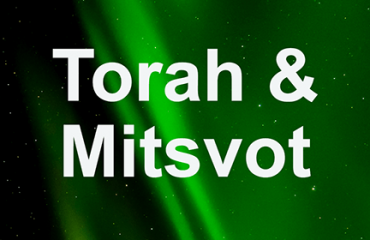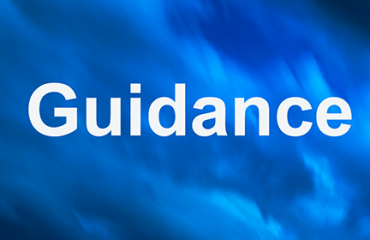Talit & Tefilin
Since the goal is to make the upper masculine and feminine energies unite, man has to “resemble” physically the higher masculine configuration, i.e. configuration זעיר אנפין. The Tefilin on the head represent the directive lights he receives from the higher configuration of אימה; the Tefilin on the hand represent the feminine configuration that attaches to his left side. The Talit represents his surrounding lights given also by the configuration אימה.
After configuration זעיר אנפין receives his directive lights from the higher configuration of אימה and they enter his head, they emerge from his forehead toward the outside in four different lights. The Tefilin of the head represent these lights; they comprise four compartments, each one containing a portion of text from the Torah, written on parchment.
Each one of these four lights also brings out an aspect of Levush (garment), which are the four compartments for the Parashiot.
Since the Mo’hin are directive lights that comprise ten Sephirot, the Tefilin are a representation of these ten lights:
The four compartments on the forehead are the Sephirot HBD – חכמה, בינה, דעת (which divides in two).
The two straps on the side of the head are the Sephirot חסד and גבורה.
The knot on the back is Sephira תיפארת.
The two straps that come down on the sides are the Sephirot Netsa’h and הוד: Netsa’h until the chest and הוד until the navel.
The knot that makes the י (Yud) on the Tefilin of the hand is the Sephira יסוד of configuration ז׳א. From there (the arm of ז׳א), the building of the feminine configuration begins.
The Tefilin on the arm represent the feminine configuration Ra’hel. The order of the Parashiot is the same as in the Tefilin on the head, but in only one parchment.
The three wrappings on the biceps correspond to the three first Sephirot of נוקבה. The seven wrappings on the forearm correspond to the seven lower Sephirot.
The three wrappings on the finger correspond to the NHY (נצח, הוד, and יסוד) of ז׳א, which enter inside the נוקבה to be its Mo’hin – directive lights.
Since configuration ז׳א receives two types of directive lights, one from the configuration אבה, and one from the configuration אימה, there are two types of Tefilin:
- Tefilin of אימה are called Tefilin of Rashi. They are the regular type worn by all
- Tefilin of אבה are called Tefilin of Rabenu Tam. They are worn by only a few, together or after the ones of Rashi
The difference is in the order of the writing of the four Torah portions – Parashiot.
As we can see, every element of the prayers, whether physical or spiritual, has very deep and essential meanings to give important forces and power to the one praying. It is a pity that these powerful and beautiful rituals are taken mistakenly for “folkloric recitations” in an incomprehensible language, part of “one has to do” type of thing when attending a prayer in a synagogue.
By making the effort to understand the deeper meanings of these rituals, one will discover a whole new definition and reason for his special relationship with the higher worlds and his Creator










